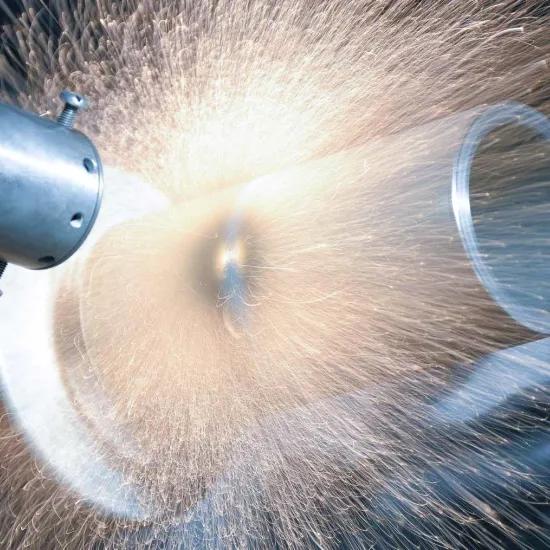With its office furniture and office decoration Pami wants to make concrete moves towards a circular economy. Sirris and Agoria helped them put the pieces together for a step-by-step plan based on their own strengths. This definitely boosts the dynamics at the company.
Pami has been designing and making office furniture and decorations for more than 50 years. The company is highly vertically integrated and has its own department for research and development, design, production, logistics, installation, maintenance and a repair service. The importance of recyclable materials and environmental impact reduction has been high on the agenda for many years. In 2003, the company was the first in the sector to obtain ISO 14001 certification. Pami, for example, is the only company in Belgium to have obtained an environmental performance certificate in accordance with the CSR performance ladder (‘Corporate Social Responsibility’).
Nevertheless, Pami was looking for a better match between its product and service offering and the values and principles of the circular economy. What stage has been reached and what were the next priority steps to be taken? Sirris and Agoria support Pami in this search.
Step-by-step plan based on own strengths
The enthusiasm and desire to achieve tangible results quickly was the driving force behind this process. Thanks to the solid basis and broad support within the company, it was possible to make rapid progress in two areas through a number of workshops with representatives from the management, marketing, sales, research and development, product design, quality, etc.
First of all, a number of circular strategies and principles were explored, in which many valuable ideas emerged. Together we were able, in a very short time, to set up a structure for a circular product-service offering based on the many good practices and strengths that have been present within the company for years. Pami now has a framework in which the new products and services also have a place. Meanwhile, the concept, consisting of five steps - Inventory, Analyse, Create, Revitalise and Recycle - has also been put on the market.
For example, for the Boerenbond group, the company provided 175 workplaces with an acoustics and cabling update. To this end, the existing offices of the organisation (of another brand) were equipped on site with a cable tray, an acoustic wall and a surface-mounted Netbox. Each and every one is custom-made, but still a lot cheaper than replacing it. And above all ... a lot more sustainable!
Secondly, a number of very concrete product-service ideas were selected and developed. One example is the conversion of a roller shutter box into a locker. Thanks to a package, it will be possible to convert existing cabinets in a very short time and give them a new destination. The fact that the ideas on reuse and circularity are supported throughout the organisation is visible in the details. For example, the doors of the lockers are made of trimmings, which gives them both economic and ecological value. Of course, such transformations are only possible because the product design has been modular for many years.
Continuous improvement and next steps
Under the impetus of these actions, Pami has had a more explicit exposure at the Green Deal Circular Purchases event on 23 May 2018. Through further contacts with the circular buyers and other actors, the company will now keep its finger on the pulse.
Further far-reaching adjustments to circular revenue models now remain high on the agenda. In doing so, the company regularly calls on the external input of a wide range of stakeholders. After all, one of the principles of the circular economy is cooperation with the entire value chain, with shifts in the roles adopted by the stakeholders in the value chain.
The approach of testing and validating assumptions through concrete, targeted actions is thus integrated in the daily operation and will also lead to good results in the future.
Conclusion
By looking for principles and values of the circular economy that are already present in the organisation many pieces of the puzzle can be put together in a short period of time. It also makes it clear where certain pieces of the puzzle are still missing.
Are you interested in moving towards a circular business based on the strengths in your organisation? Get in touch with us!
Do you want to know more about why the circular economy can add value to your company and how you can introduce it? Besides the extensive white paper and articles that we publish, Sirris and Agoria can also provide support to tart introducing concrete and above-all profitable activities. It feels good to aim for a more circular economy and make money out of it, right?




